About
Landcare NT is leading the Darwin Harbour Catchment Waterways Project, backed by $3.82 million in funding from the Australian Government.
Part of the Urban Rivers and Catchments Program, the project focuses on restoring and protecting key waterways in the Darwin and Palmerston regions, including Rapid Creek, Ludmilla Creek, Sandy Creek, and Mitchell Creek.
In collaboration with local Landcare groups, environmental organisations, and Larrakia traditional land and water managers, we are working to improve water quality, support native species, and boost biodiversity. A strong community education and engagement component ensures people across the region can learn about and connect with these vital ecosystems.
Larrakia people are the Traditional Custodians of the Country that all four creeks are apart of.
The Creek Connections logo was created by Larrakia artist Mikaela Lee.
Held within the shape of an acacia leaf, the design brings together the stories of all four creeks, flowing as one.
It speaks to the deep connections between land, water, and community — honouring Larrakia Country and the ways it continues to nourish and hold us.
Our Creeks
Rapid Creek
The Larrakia people call Rapid Creek- Gurambai. Gurambai means elbow in Larrakia, referring to the bend where saltwater and freshwater meet. The creek, sometimes also called Freshwater or Karoewa in Larrakia, flows through the northern suburbs of Darwin.
Since the 1990s, the Rapid Creek Landcare Group has brought people together to care for Gurambai. Volunteers have helped restore sites like The Spit and Yankee Pools—removing invasive weeds, planting native species, and supporting habitat recovery. Their ongoing work protect biodiversity, strengthens cultural and community connection, and shows what’s possible when locals lead with care.
Sandy Creek
Sandy Creek is part of a living ecosystem that flows through the Casuarina Coastal Reserve—supporting mangroves, monsoon forest, and coastal dunes. These habitats are home to migratory birds, marine life, and native plants that help stabilise the shoreline and filter water. Caring for Sandy Creek means caring for one of Darwin’s most valuable natural corridors.
Since 1997, the Casuarina Coastal Reserve Landcare Group has worked to protect the natural values of Sandy Creek and surrounding habitats. From replanting the Beach and Moth Blocks to managing fire risk and invasive weeds, their efforts have helped restore degraded areas and support rare species like the Atlas Moth. In partnership with Parks and community, the group fosters long-term care for this living coastal landscape.
Mitchell Creek
Mitchell Creek runs through Palmerston and is now under pressure from rapid urban development. A reserve along its banks protects the last remaining habitat in the area, providing an important corridor for local wildlife.
The Palmerston Conservation Group focuses on the Mitchell Creek catchment—its escarpment, bushland and waterways. Volunteers tackle practical challenges like weed invasion, erosion and littering, while growing public understanding of how stormwater moves through the landscape. By combining on-ground action with signage and local education, the group is helping protect this urban creek for both ecological function and community wellbeing.
Ludmilla Creek
Ludmilla Creek winds through urban Darwin before reaching the floodplains and mangroves of Ludmilla on its way to Darwin Harbour. Years of urban development have taken a toll, earning it the nickname Ludmilla Drain. Today, local groups are working to restore this vital waterway and habitat corridor for future generations.
The Ludmilla Creek Landcare Group, currently paused, has worked to restore what remains of this once-thriving waterway. Through monthly working bees, volunteers care for the creek’s woodland, monsoon forest and mangroves—habitats that support over 160 bird species. Alongside weed control and planting, the group leads education, signage and advocacy projects in partnership with schools, landholders and agencies—keeping this corridor alive as a place of learning, connection and care.
Contact us
Interested in working together? Fill out some info and we will be in touch shortly. We can’t wait to hear from you!





